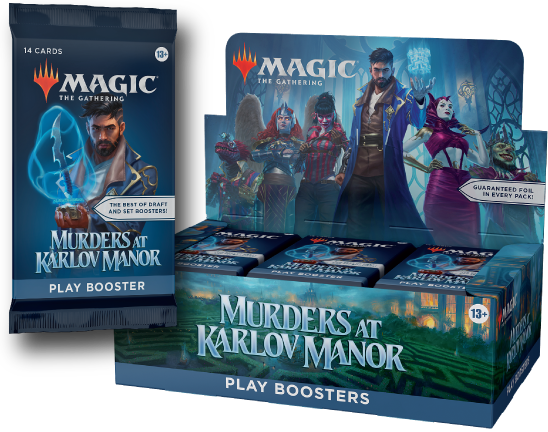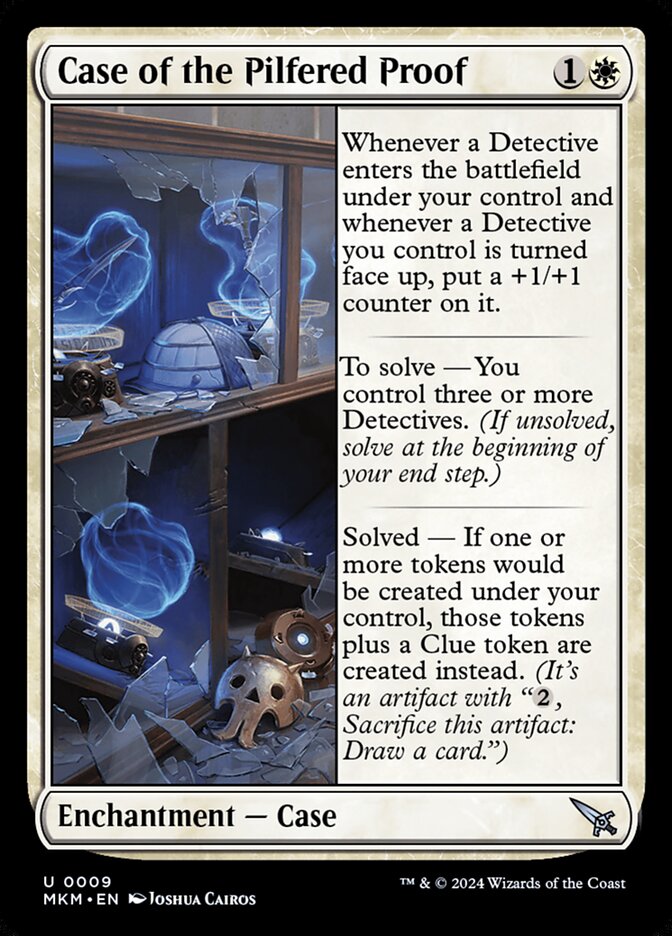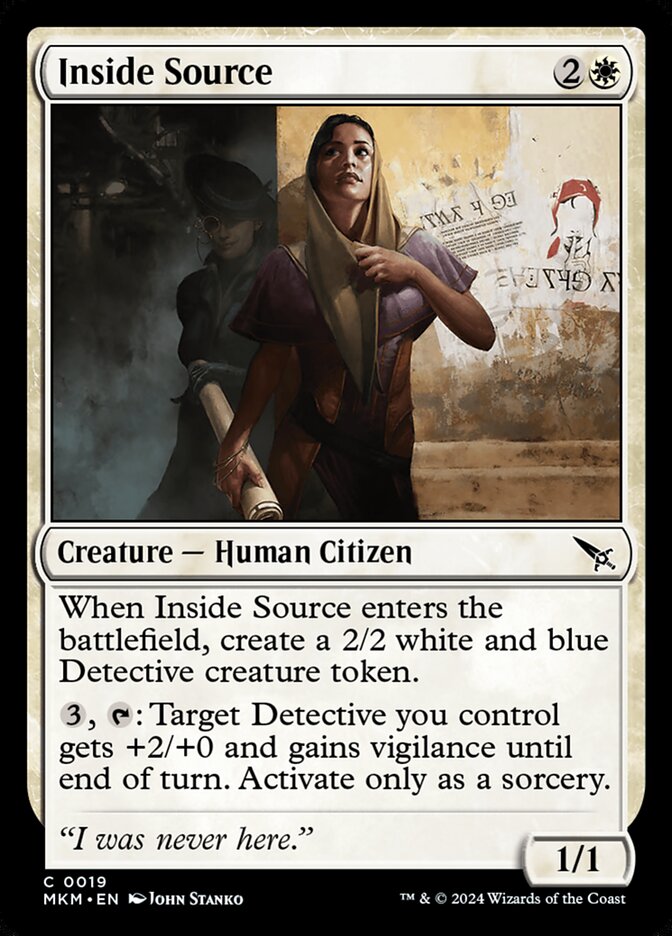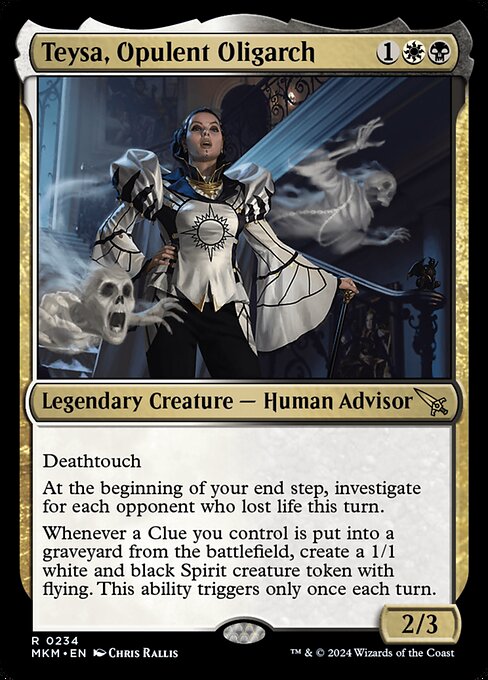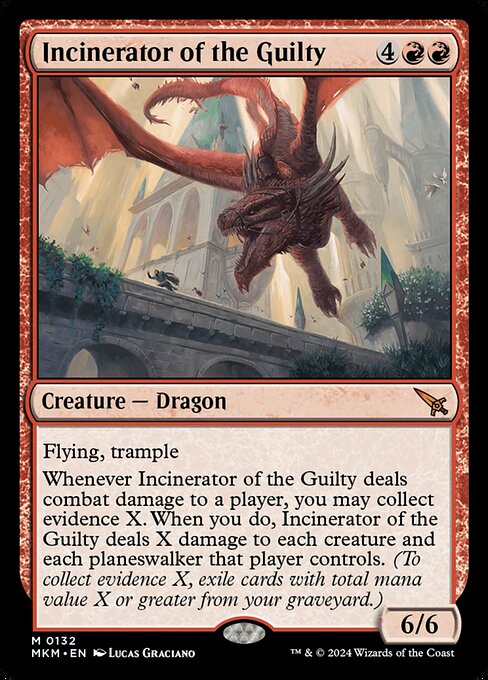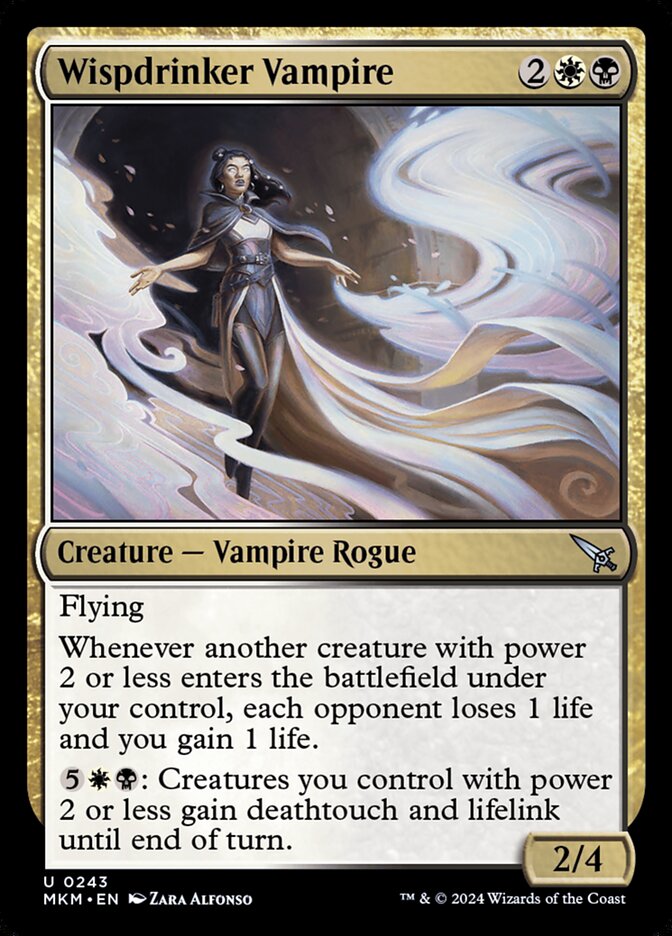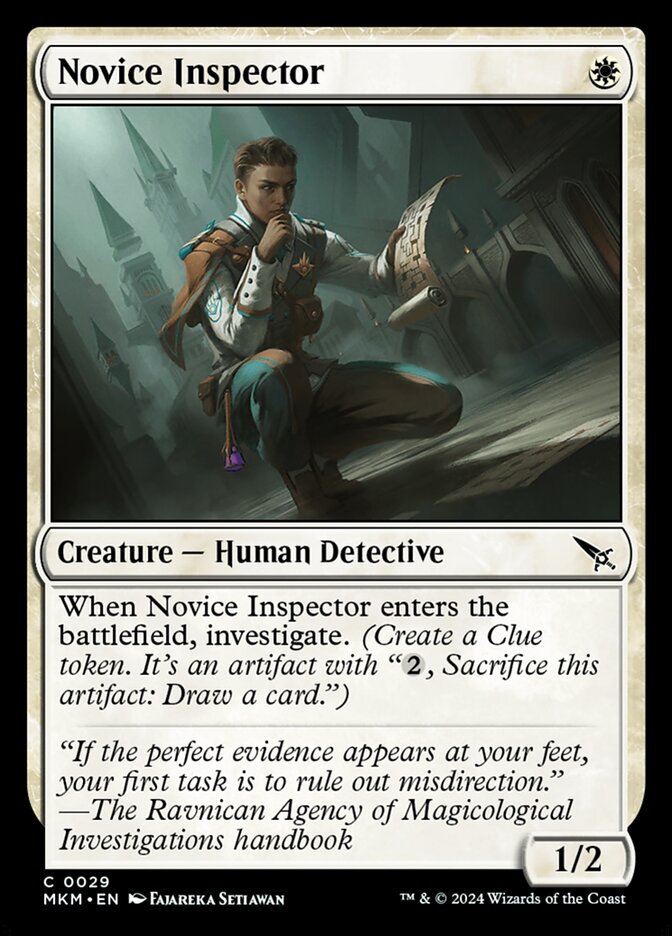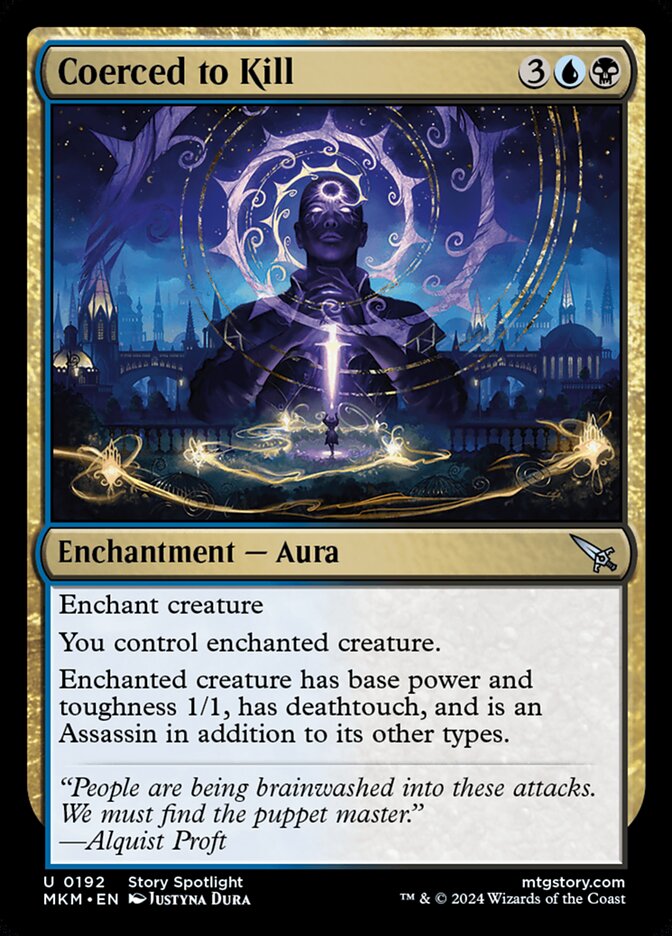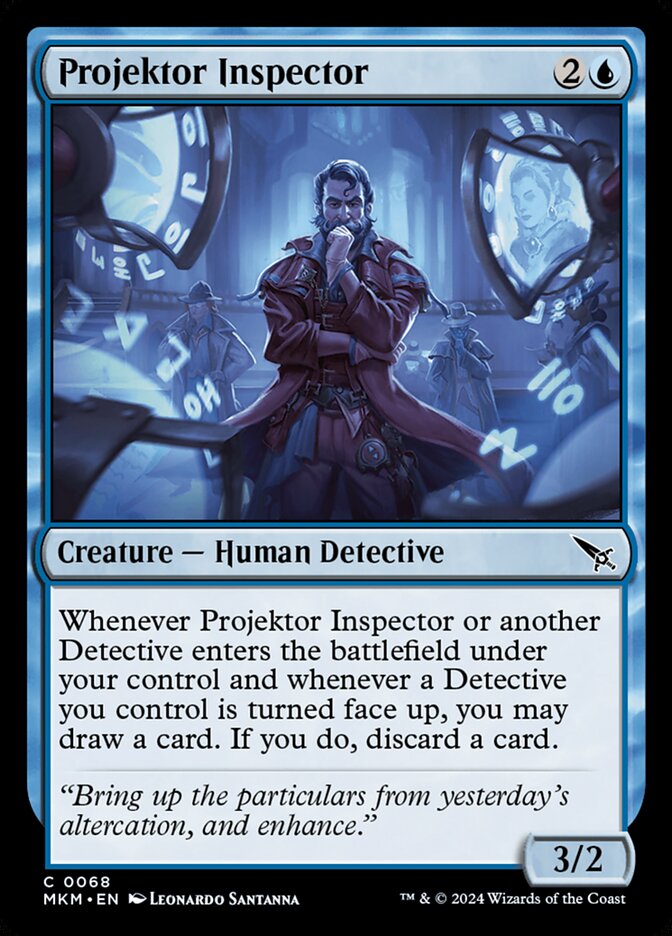In the 1990's, just like there was Marvel vs. DC, there was FOXKids vs WB studios. They both competed for the precious Saturday mornings of 9-year old chezkevin, mining the decades of comic book storytelling before them. Batman: The Animated Series begat Justice League: The Animated Series begat Static Shock. X-Men: The Animated Series begat Spider-Man: The Animated Series (and
that kick-ass metal theme song), begat Spider-Man Unlimited, begat me losing interest and moving on to video games.
Point being, this was the utter water I swam in. I had Spider-Man: The Animated Series action figures. I wore BTAS sneakers. I had a deck of X-Men playing cards, with the kick-ass Jim Lee art on them. I never watched the series religiously, being a fan moreso of the Spider-Man series, but I'll be damned if they roped me right back in with X-Men '97, the semi-sequel to the series that started in 1992.
X-Men '97 released this summer on the Disney+ streaming service, dropping new episodes on a weekly basis, and as an adult in 2024, it's a completely new experience from watching the original series as a kid in the 90's, but it's the same post-racial bigotry, the same melodrama, and the
same bad-ass theme song that makes this show so great. Waiting for the new episode to drop every week was its own pastime. Skimming the Reddit boards for new theories, and watching YouTube to relive the episode highlights, was like being on the schoolyard again arguing about who would win in a fight. More than a nostalgia grab, the X-Men don't pull their punches. All the soap opera elements you'd expect are here, with sharp storytelling and bombastic action scenes. I was sold from episode 1.
It's the kind of content that inspires you to find the source material, and that's exactly what I did. X-Men '97 introduced Madelyne Pryor to me, a Jean Grey-lookalike that bewitches Scott Summers, leader of the X-Men and falls in love with him. They collected her "first stories," so to speak in the poorly-named trade paperback, "From the Ashes." As far as I can tell, it was merely meant to be a comic book end-of-issue bait-and-switch in terms of Maddie's uncanny resemblance to Jean Grey, but the TPB unfortunately makes that the top billing, making the Phoenix costume front and center on the cover and titling it "From the Ashes."
The Uncanny X-Men: From the Ashes
by Chris Claremont, Paul Miller, John Romita Jr and more
collects Uncanny X-Men #'s 168-176
This TPB is so much more than that, and it's absurd that Chris Claremont covered this much in a mere nine issues. The way he juggles subplots and solo character stories in this ensemble book is masterful, and his mark on the X-Men is invaluable, reaching decades after their original telling. The amount of depth he imbues in 9 issues is enough to shame some modern comics. Here're some highlights:
- Wolverine's raw Chad energy when he murders a Yakuza boss, participates in a traditional shinto wedding to marry the boss's daughter, only to get rejected by her under the psychic control of a mysterious villain.
- Kitty Pryde proves her worth against a basement invasion from some aliens, earning her place as an X-Man. She continues to explore her powers and a budding romance with Colossus emerges.
- Ororo Munroe (Storm) keys in to her powers and begins to unlock a cruel side of her powers. That reflects in her personality, as she takes over from Scott Summers, stricken with grief over the death of his girlfriend Jean Grey. Storm has no choice but to fight to the death in combat against Callisto, leader of the Morlocks for the safety of the X-Men. The wordless final page of the fight scene is just brilliant.
- This further reflects in Storm's costume change a few issues later. Wouldja believe: Punk Rock Storm!
- Xavier extends a hand of goodwill to Rogue, inviting her to join as a tentative member of the X-Men, despite her ties to the evil Brotherhood of Mutants. Rogue struggles with adjusting to the team, and fighting against the perception that the X-Men have against her. In a display of trust, Wolverine lends his healing factor to her and incapacitates himself after a nasty fight.
Scott Summers and his new girl, Maddie Pryor get the top billing in this collection. Since all of these issues released monthly, each story provided the framework for a larger story to develop in the background. The mysterious villain that sabotaged Wolverine's wedding is none other than the Mastermind, AKA Jason Wyngarde, a mutant humiliated by Jean Grey in the past, and motivated to take revenge on her by torturing the friends that have survived her. It results in a double-size issue where Jason uses his illusionist powers to convince the X-Men that the Phoenix has returned, in the form of Maddie Pryor, seemingly wiping out the Avengers, the other heroes of the Marvel Universe as well as killing the world's leaders.

It's secretly a Scott Summers issue: he's the one that figures out what's actually going on, and when all the X-Men turn against him, convinced that the Phoenix has possessed him, he uses his tactical skills to turn them around, without harming them (too much), so that they can all band together to fight the
actual threat. Finally, to make a statement on Storm's evolving personality, she whips up a vicious storm to flush out Jason Wyngarde, and Scott has to revive his lover back to life:
Claremont gets how to make an ensemble book. He understands the dynamics of these character's relationships with each other and with themselves. He allows the characters to grow and evolve, and what a sight to behold. What a great X-Men trade, and I can't wait to read more.
More highlights:
An instant classic, Kitty Pryde tells it like it is:
This issue cliffhangs on the first appearance of Maddie:
Their relationship evolves as Scott reveals his superpower to her:
Scott says goodbye to Jean:

































